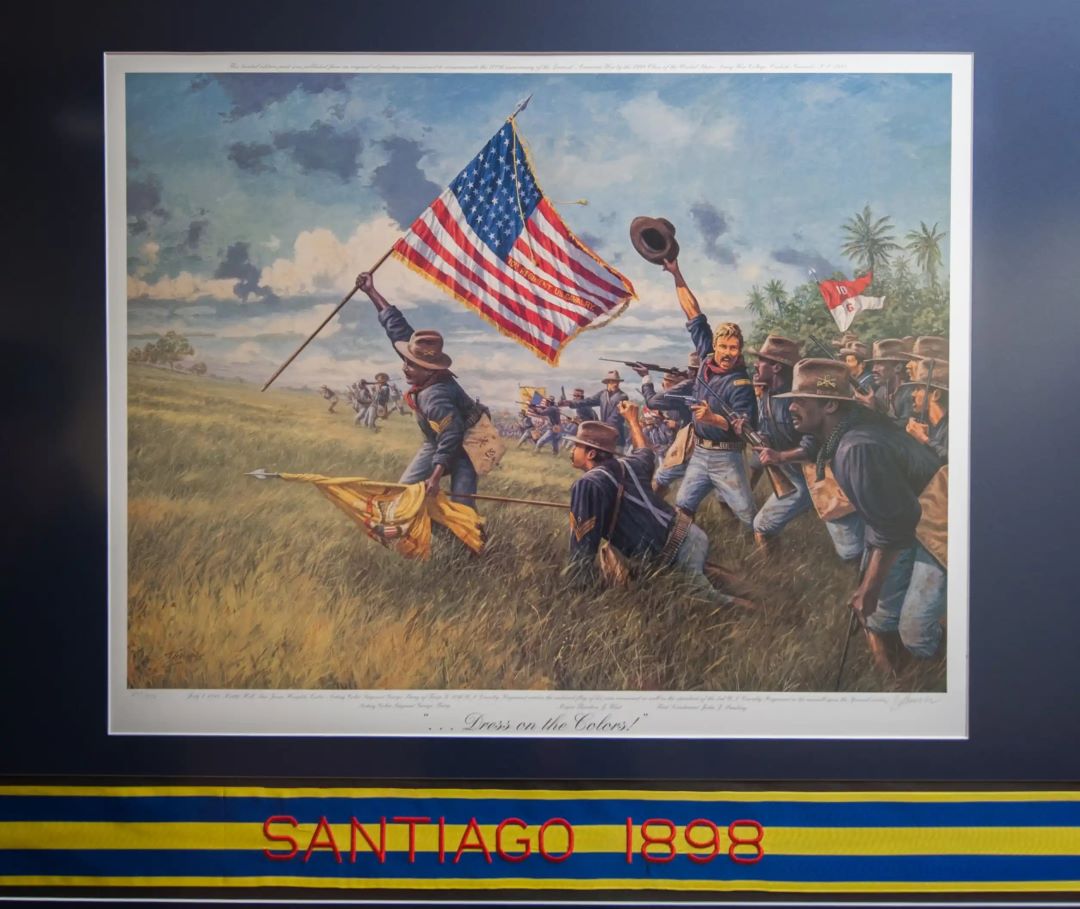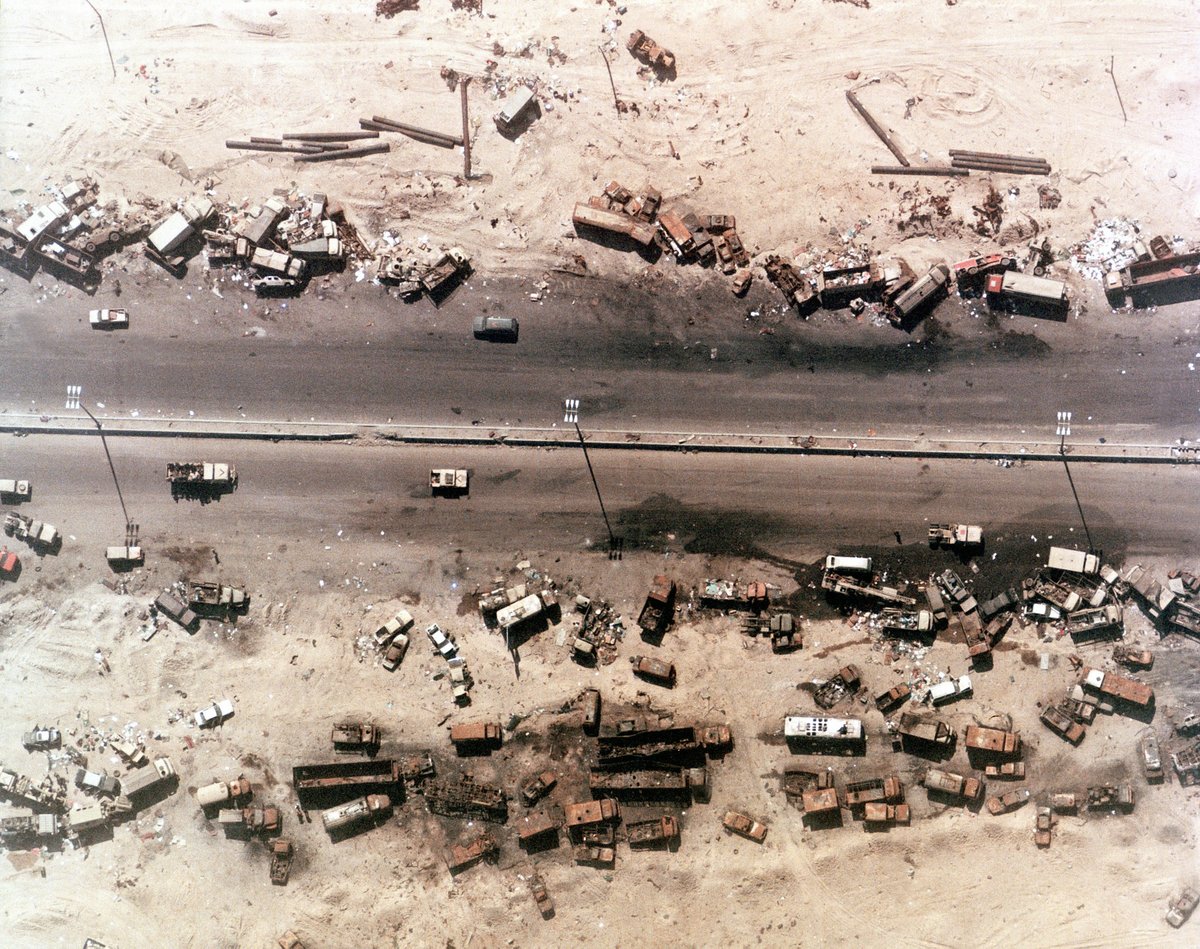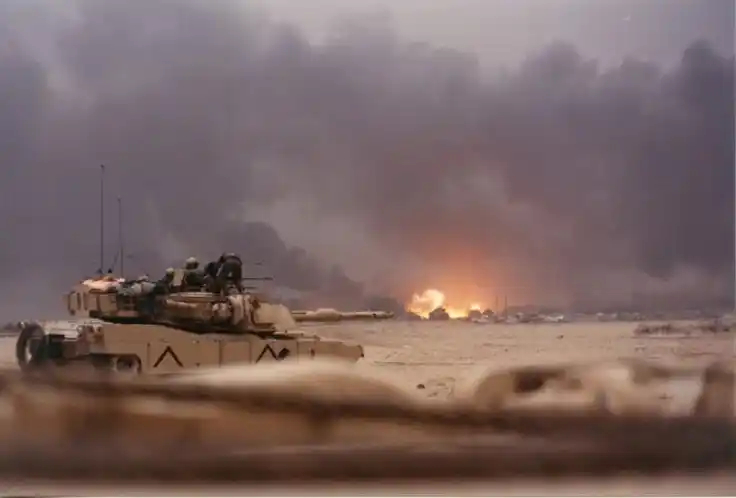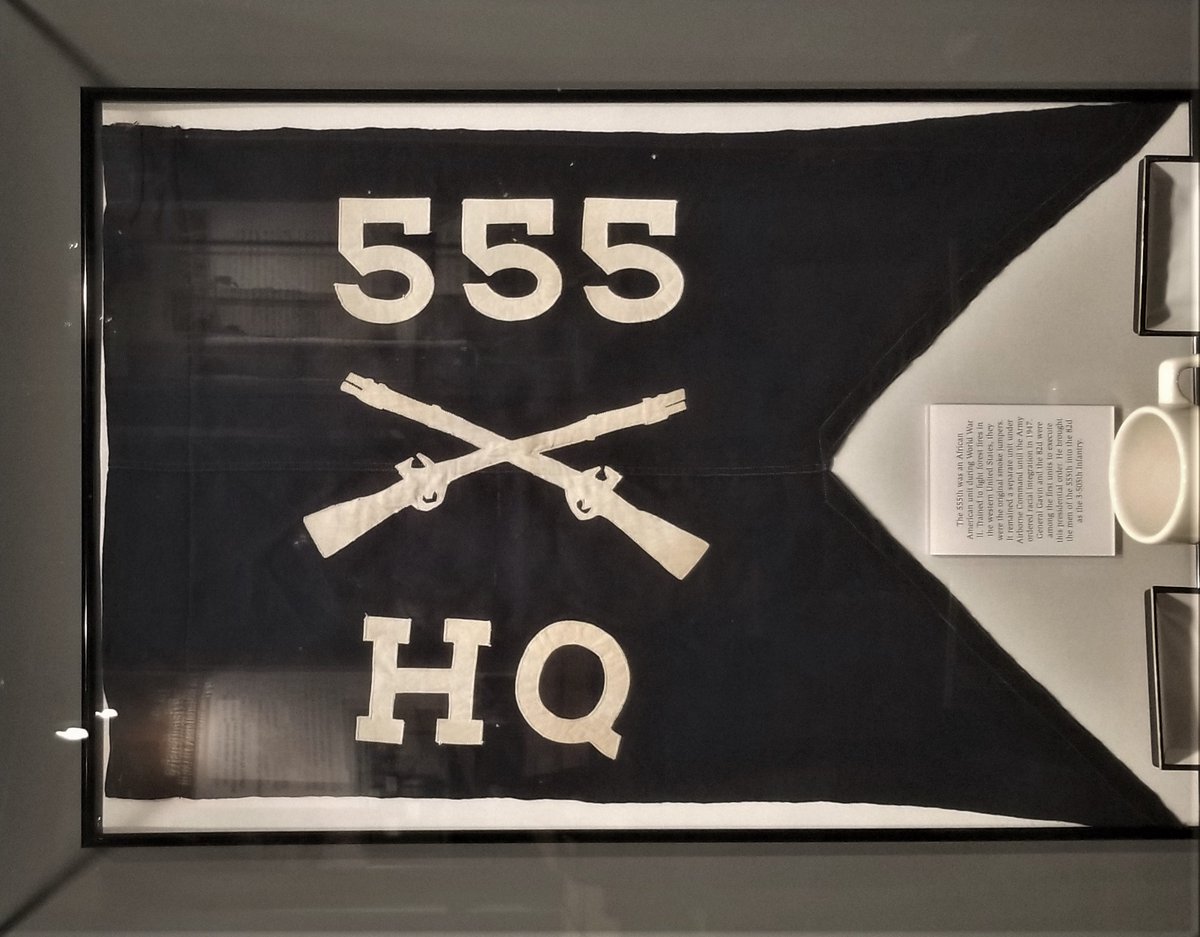
27 FEB 1776 - BATTLE OF MOORES CREEK - #RevolutionaryWar
North Carolina militia crushed a Loyalist counter-revolution at the Battle of Moores Creek - also called Moores Creek Bridge - on 27 February 1776.
#Armyhistory #USArmy #TRADOC #MooresCreek #MooresCreekBridge
North Carolina militia crushed a Loyalist counter-revolution at the Battle of Moores Creek - also called Moores Creek Bridge - on 27 February 1776.
#Armyhistory #USArmy #TRADOC #MooresCreek #MooresCreekBridge
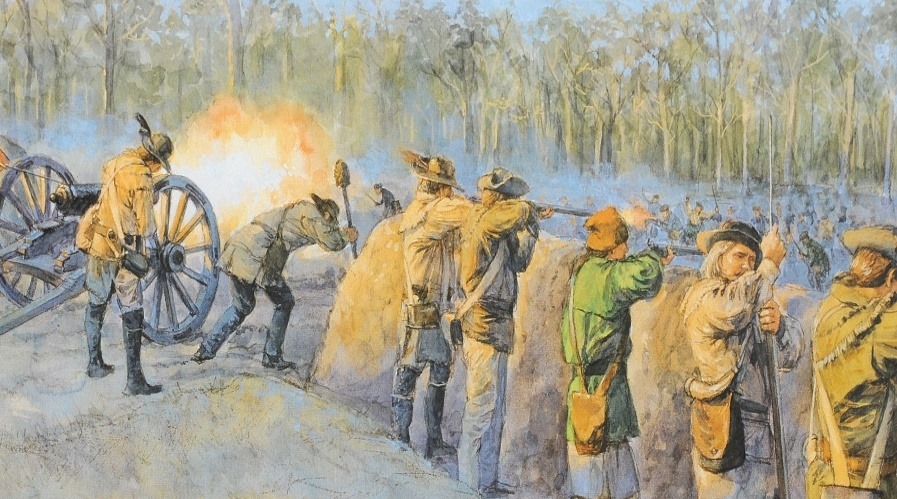
In Jan 1776, Royal Governor Josiah Martin learned that a British military expedition of 2,000 men led by Maj Gen Henry Clinton was heading to the southern colonies to suppress the rebellion. He ordered the Loyalist militia to muster and prepare to join forces with the British.
The militiamen and continentals mobilized to prevent the junction of the two enemy forces, and blocked the crossing at Moores Creek Bridge, about 18 miles north of Wilmington, NC. To make the crossing more difficult, they removed the planks and greased the beams and stringers. 

Expecting opposition from only a small Patriot force, the Loyalists advanced across the partially dismantled bridge. On the opposite bank, nearly one thousand North Carolina Patriots waited to open fire with artillery pieces and muskets.
Lt. Col. Donald McLeod led the Loyalists, many of whom were Scottish highlanders armed with broadswords, in a charge across the stringers that was met by volleys of musketry and artillery.
When the smoke cleared, as many as 70 of their number lay dead and wounded, including the lifeless body of Colonel McLeod. The shocked and now leaderless Loyalists either retreated in confusion or surrendered. 

This decisive Patriot victory encouraged representatives attending the Fourth Provincial Congress to pass the Halifax Resolves on 12 April 1776, which instructed North Carolina delegates at the Second Continental Congress to vote for independence.
• • •
Missing some Tweet in this thread? You can try to
force a refresh



